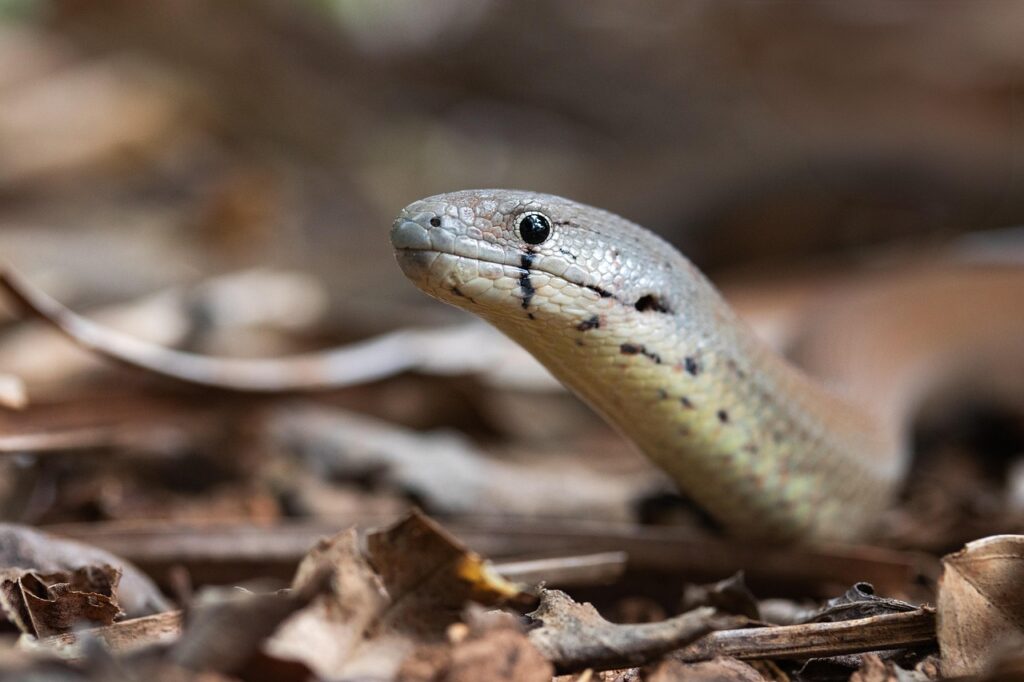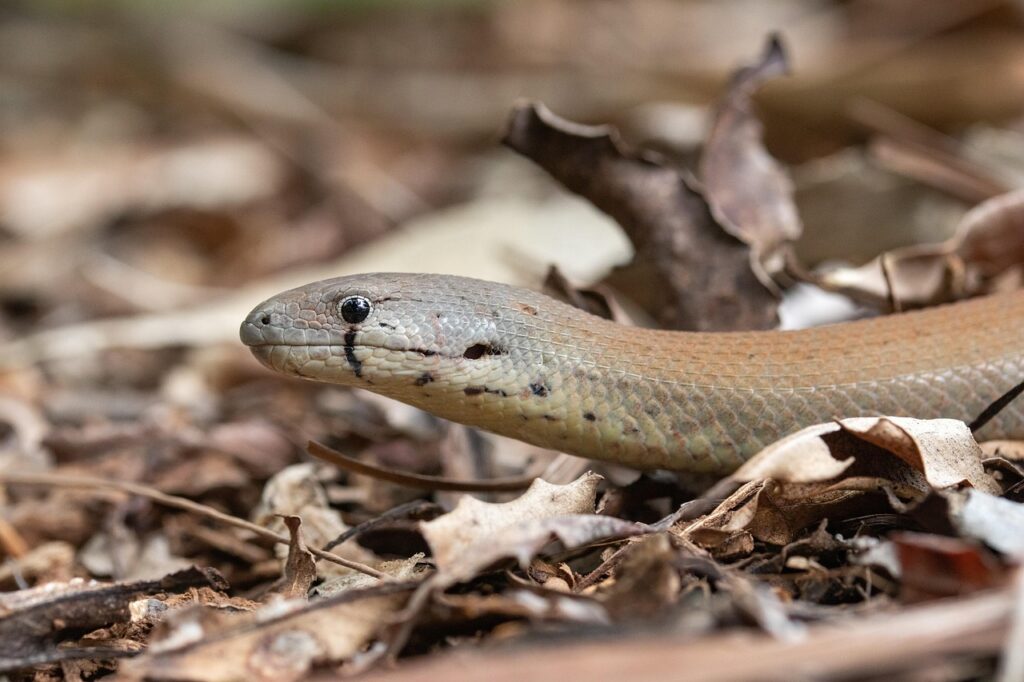Imagine stumbling upon a creature that looks like a snake but isn’t. A worm, but bigger and stranger. That’s likely a cecilian! These animals are amphibians, but they don’t look like frogs or salamanders. Cecilians are often misunderstood. Let’s explore the amazing world of these hidden creatures. This article gives you an inside look at their lives, habits, homes, and why protecting them matters.
What are Cecilians? Defining Features and Characteristics
Cecilians are amphibians. But, their bodies are long and don’t have legs. What makes them different from snakes or lizards? They have unique features that sets them apart.
Physical Characteristics: More Than Just Legless
Cecilians have long, ringed bodies. This makes them look a lot like earthworms! Many grow to be just a few inches long. Some giants can reach almost five feet. They have small eyes. Some are even covered with skin or bone. A special sensory tentacle is near their eyes. This helps them find food. Small scales are inside their skin. These scales make them different from other amphibians.
Evolutionary History: Tracing Their Origins
Cecilians evolved millions of years ago. They came from amphibians with legs. Over time, they lost their limbs and adapted to a life underground. Fossil records show they existed over 200 million years ago. This makes them one of the oldest groups of amphibians. Their evolution shows how animals can change to fit their surroundings.
Classification: A Diverse Group
Scientists divide into different families. Each family has unique features. There are over 200 known species. Some live in Africa. Others live in South America or Asia. One example is the Siphonopidae family. These lay eggs. Another family is the Typhlonectidae. These give birth to live young. Each group shows the great variety within.
Habitat and Distribution: Where Do Cecilians Live?

Cecilians live in warm, wet places. They are found in tropical areas around the world. They like to stay hidden. So, you have to know where to look!
Tropical Hideaways: Preferred Environments
Most live in tropical rainforests. They like swamps and wet areas too. These places are warm and humid. The soil is moist. This allows them to burrow easily. Fallen leaves give them shelter. These environments give them everything they need to survive.
Subterranean Lifestyle: Adapting to Life Underground
Are experts at living underground. Their bodies are made for burrowing. They have strong skulls. This helps them push through the soil. Their sense of smell and touch are very important. This helps them find food in the dark. Living underground protects them from predators.
Global Distribution: Mapping Their Territory
Live in many parts of the world. They are common in South America. You can find them in Africa and Asia too. Some areas have many different kinds of. Other areas have none. They don’t live in North America, Europe, or Australia. Their location depends on the right environment.
Behavior and Diet: How Cecilians Live
Are mysterious creatures. Not much is known about their behavior. They spend most of their time hidden. But, scientists have learned a few things.
Burrowing and Movement: Life Beneath the Surface
Move like snakes. They wiggle their bodies to move forward. They use their heads to push through soil. Some species can swim well. They create tunnels and burrows. This is where they spend most of their lives.
Diet and Feeding Strategies: What Do They Eat?
Eat insects, worms, and other small creatures. They find food using their sense of smell. Some have strong jaws and teeth. These help them grab their prey. They swallow their food whole.
Reproduction: A Variety of Strategies
Have different ways of reproducing. Some lay eggs in moist soil. The mother stays with the eggs until they hatch. Other species give birth to live young. The young develop inside the mother’s body. This protects them from danger.
Conservation Status and Threats: Protecting the Future of Cecilians

Cecilians face many dangers. Their homes are being destroyed. Pollution also hurts them. It is important to protect these amazing creatures.
Habitat Loss and Fragmentation: A Major Threat
Forests are being cut down for farms and cities. This destroys the cecilians’ homes. When forests are broken into small pieces, cecilians can’t move around. This makes it hard to find food and mates. Habitat loss is the biggest threat to their survival.
Pollution and Climate Change: Emerging Challenges
Pesticides and chemicals pollute the soil and water. This can poison cecilians. Climate change is also a problem. Changes in temperature and rainfall can affect their habitat. These challenges make it harder for them to survive.
Conservation Efforts: What Can Be Done?
Some groups are working to protect cecilians. They are saving forests and cleaning up pollution. They also study cecilians to learn more about them. By working together, we can help these animals survive.
Cecilians in Culture and Research: Beyond the Biology
Cecilians are more than just interesting animals. They also have cultural importance. Scientists study them to learn about evolution and biology.
Cultural Significance: Myths and Legends
In some cultures, cecilians are seen as symbols of the earth. They are part of local stories and traditions. Some people believe they have special powers. These beliefs show how connected people are to their environment.
Scientific Research: Unlocking Secrets
Scientists study cecilians to understand how they evolved. They also study their senses and development. Cecilians can help us learn about the history of life on Earth.
Conclusion: Appreciating the Unseen
Cecilians are amazing, yet mysterious, amphibians. They live hidden lives underground. They face many threats, but people are working to protect them. By learning more about cecilians, you can help raise awareness. Support conservation efforts to save these unique creatures for future generations.








